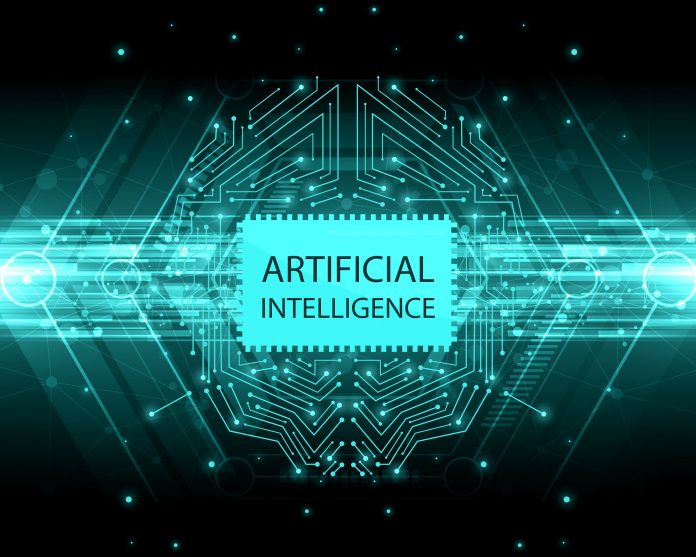After a few years in which data protection breaches have exploded, cyber security vulnerabilities have come to the fore. However, despite increasing budgets for cybersecurity, threats and especially the number of successful attacks continue to increase. Artificial Intelligence (AI) is today a major technological advance that promises to shake up a large number of markets in the coming years. These upheavals are already a reality in sectors such as finance, entertainment, transport or even customer support services. But the use of AI has also emerged in another area: that of cybersecurity. One of its main strengths is its ability to process very large amounts of complex data and perform massively repetitive tasks in record time, without human intervention: a decisive advantage for cybersecurity operations.
Indeed, traditional approaches to managing network security are based primarily on manual processes, and pre-established strategies for identifying and blocking attacks can no longer keep up with the pace of emergence of new threats, constant evolution. Because dealing with an ever-increasing volume of threat indicators is an intensive and time-consuming process for security teams. This is where AI brings considerable added value. It saves time, correlates more data, makes faster and more consistent decisions, reduces the risk of human error and predicts the evolution of threats while improving the security posture of companies.
AI and the Secure Network
When an AI system has access to an organization’s internal network and monitoring systems, it can act as additional eyes for an existing IT department. For example, AI running on a network can assess the usage patterns of employees who access it, create a series of basic activity profiles, and monitor all network activity 24 hours a day to detect any discrepancies by compared to these profiles. This would reduce the number of false alarms detected due to atypical but not unpredictable behavior, and would allow IT teams to focus their efforts on countering other potential threats and innovation. Artificial threat filtering is extremely useful, technology becomes really profitable once it starts to recognize threats based on tiny signs that are invisible to the human eye. As an AI algorithm receives more and more data, it becomes able to maintain a continually evolving standard for assessing potential threats. IT teams are ultimately limited by the amount of data they can process in a day, much like AI, but the difference in the amount of data that an AI is capable of processing is much greater. When it comes to processing data and identifying potential threats, the computing power of an AI system will give it a definite advantage over human cybersecurity monitors.
Of course, artificial intelligence also has its limits and the technology is ultimately not as good as the platform, the code, and the tools at its disposal – if these are limited, then artificial intelligence also is. Since AI itself cannot create these tools, it depends on the input of humans to function effectively – which in turn can skew the potential benefits. In addition, the AI does not have the intuition to identify new threats; based on existing data, it takes a human expert to identify the anomalies identified by AI and identify them as emerging threats. In this perspective, AI will be all the more effective as it will be a cybersecurity mechanism deployed alongside human experts. Among the tools that allow the use of artificial intelligence to secure the network we quote WatchGuard.
Cloud and AI
The digital transformation also exposes companies to new risks. On the other hand, the generalization of the cloud concerns all businesses. With the cloud, the data is exposed to all winds, before, the data was warm in the data center, it is now exploded in the Cloud. Official SaaS applications are just the tip of the iceberg.
According to a recent study by Cesin and Symantec, an enterprise uses an average of fifty times more applications and cloud services than it has identified. Employees, in particular, make great use of webmail such as Google Mail or Yahoo Mail and file-sharing applications such as Dropbox or WeTransfer.
To this first endpoint and anti-exploit protection curtain, other bricks were added. We are talking about CASB for data protection in the cloud (Cloud access security brokers). It will map flows, control inputs and outputs, and distinguish harmless network traffic from sensitive data flow. Also, the famous google was supposed to have pre-installed AI solutions from Google Cloud help you to solve the most important problems from start to finish.
Indeed, it is possible that AI and machine learning may create additional problems because if these tools help to defend themselves against hackers, it is very likely that the cybercriminals themselves will use the same techniques to make the attacks. more effective. However, if AI-based cybersecurity tools continue to grow and improve, and are applied correctly alongside security teams, rather than in their place, it could help companies protect themselves against increasingly intelligent cyber-attacks.



